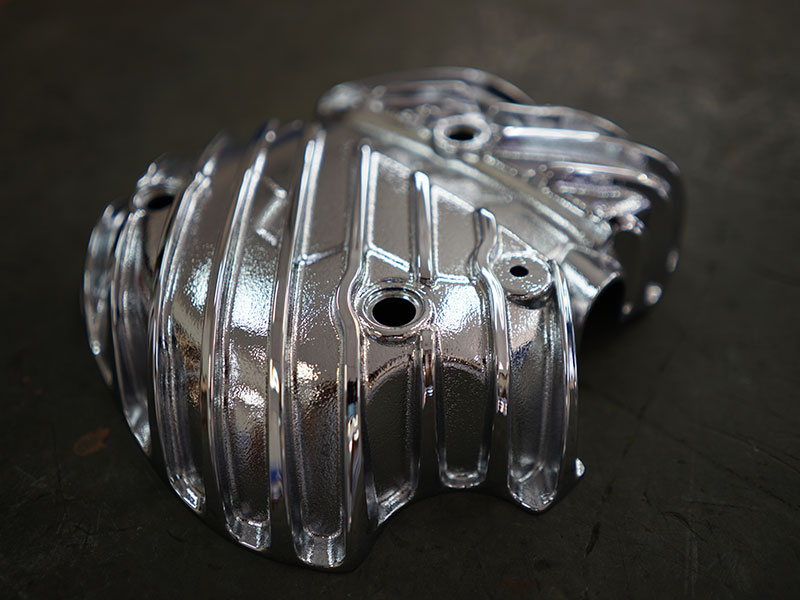Die Casting in Electronics: Precision Engineering for Electronic Components
Die Casting in Electronics: Precision Engineering for Electronic Components
Blog Article
Die casting is the essential element in modern manufacturing. It is changing industries through its accuracy and flexibility. This method, which dates in the late nineteenth century has evolved into an advanced method of manufacturing intricate metal pieces with incredible precision. The fundamental principle behind die casting is the process of injecting molten metal into a mold at high pressure. This results in high-end, precise parts used in diverse sectors ranging from automotive to electronics.
The process of diecasting starts with the creation of an mold that is usually made from steel. The mold is filled with molten metal is injected under the pressure of a high. This makes sure that the metal covers all the intricate details of the mold resulting in precise replication of the desired element. Die casting molds tend to have multiple cavities. This allows for the simultaneous creation of multiple parts in a single cycle. Such efficiency makes die casting an attractive option for high-volume production runs.
One of the major advantages of die casting is its capacity to make parts with exceptional dimensional accuracy and surface quality. The intense pressure created during this process decreases porosity as well as ensures uniformity, leading to parts that require minimal post-processing. This not only streamlines production but also enhances the overall quality of the parts. Additionally, die casting can accommodate a wide range of metals and alloys, which include zinc, aluminum copper-based alloys and magnesium and expands its application across different industries.
Diecasting's benefits are numerous, which is why it's a preferred choice for manufacturers who are looking for high-end, economical production options. The primary benefit is the unbeatable precision of each casting. The ability to replicate precise details with consistency, paired with a minimal need for post-processing simplifies production processes and lowers costs overall. Diecasting also offers superior mechanical properties that provide elements with superior toughness and durability that are essential in the most demanding of applications.
In addition to traditional manufacturing industries, die casting has found new applications in emerging industries such as renewable energy and medical technology. In the sector of renewable energy, die-cast components are integral to the manufacture of wind turbine parts, solar panel frames and components for hydroelectric power. These parts must endure extreme weather conditions, while also delivering the best performance, making die casting an indispensable manufacturing method.
Moreover, die casting enables the creation of complicated and light-weight components that are essential to medical equipment and devices. From surgical instruments and implants to devices, the precision and reliability of die-cast components are vital for ensuring the safety of patients and efficiency in the medical field. Further, the advancements in technology for diecasting that include vacuum casting, and squeeze casting, will continue to improve the efficiency of this manufacturing method that allow for the manufacturing of even more precise and high-performing components.